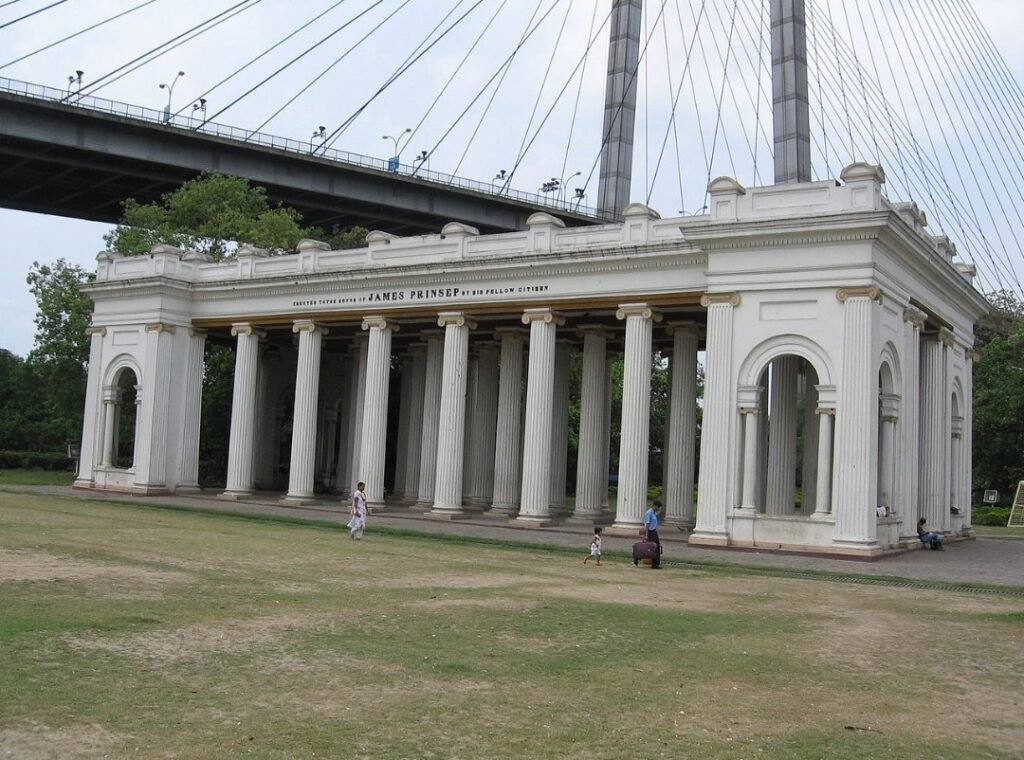#history
#memory
James Prinsep – the man who decoded the Brahmi script.
22 April is the death anniversary of James Prinsep (1799-1840).
On the banks of the Hooghly river in Calcutta, stands a memorial named Prinsep Ghat, built in 1841 to commemorate the memory of a Britisher who changed the study of Indian history for ever.
James Prinsep came to Calcutta as a young man of 28. He had studied Architecture and Chemistry in London. He then travelled on a boat from Calcutta to Benares. The East India Company has summoned him to assess the quality of the metals used to mint new coins.
In addition to his official duties Prinsep made elaborate illustrations of the city and the daily life and produced a book, Benares Illustrated.
He constructed a tunnel for sewerage and a bridge to cross the Kamanasa river. Prinsep created two elaborate maps of the city, one in Roman script and another in Devanagari.
Prinsep returned to Calcutta and became the editor of the Journal of the Asiatic Society.
No human being has been able to decipher the script of the numerous inscriptions of earlier kings from the 7th century found throughout the country.
After painstaking research Prinsep was able to decode the script in 1837. It is now called the Brahmi script.
The edicts and inscriptions of the great Emperor Ashoka could be read and the world finally understood the greatness of the ruler ho had embraced Buddhism.
Some of the inscriptions and coins were in a second script called Kharoshti which could not be read till then. Prinsep achieved the impossible.
The enormous and arduous task exhausted Prinsep, and at age 40 he returned to England. He died shortly thereafter.
– Joy Kallivayalil.








